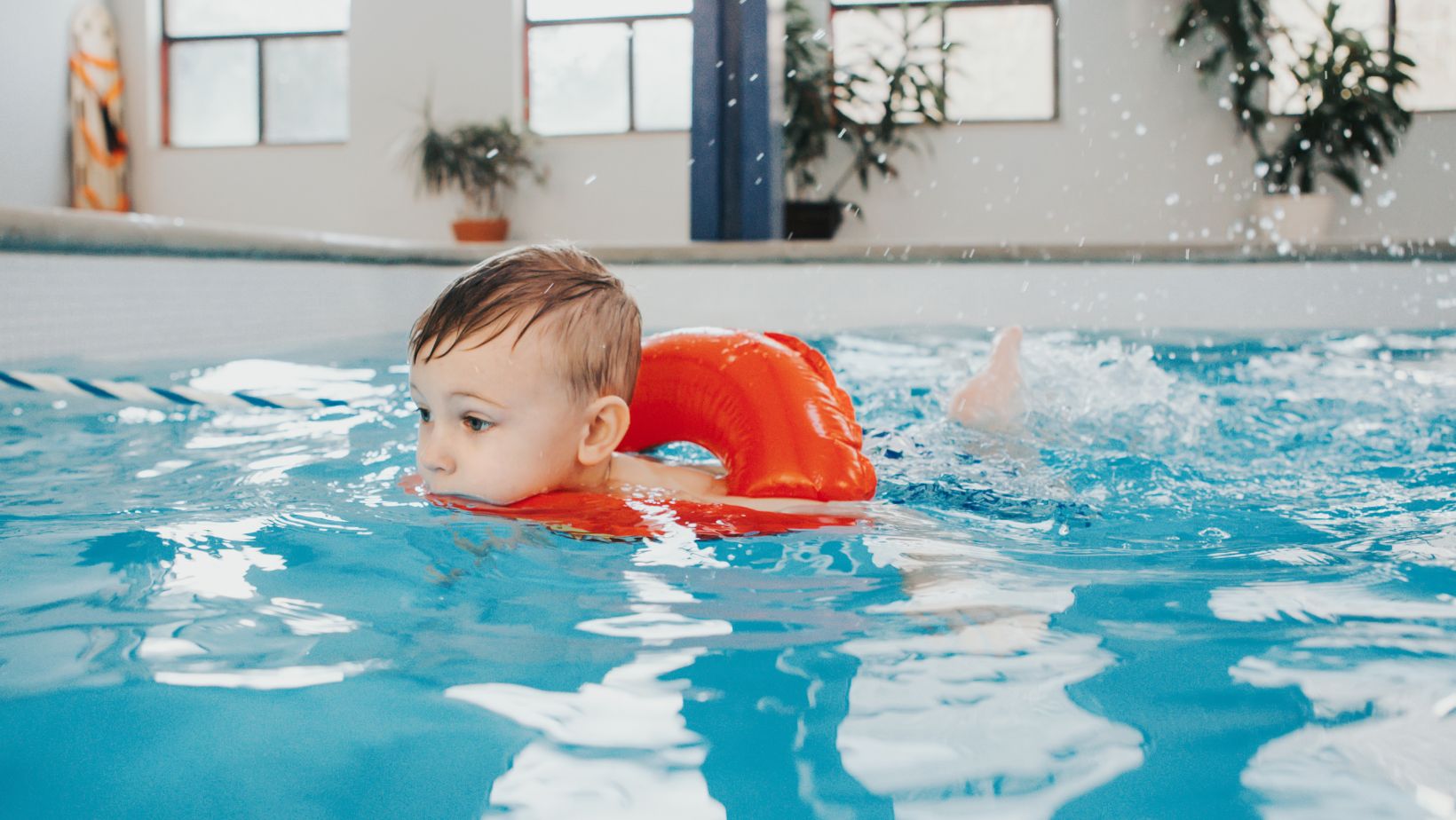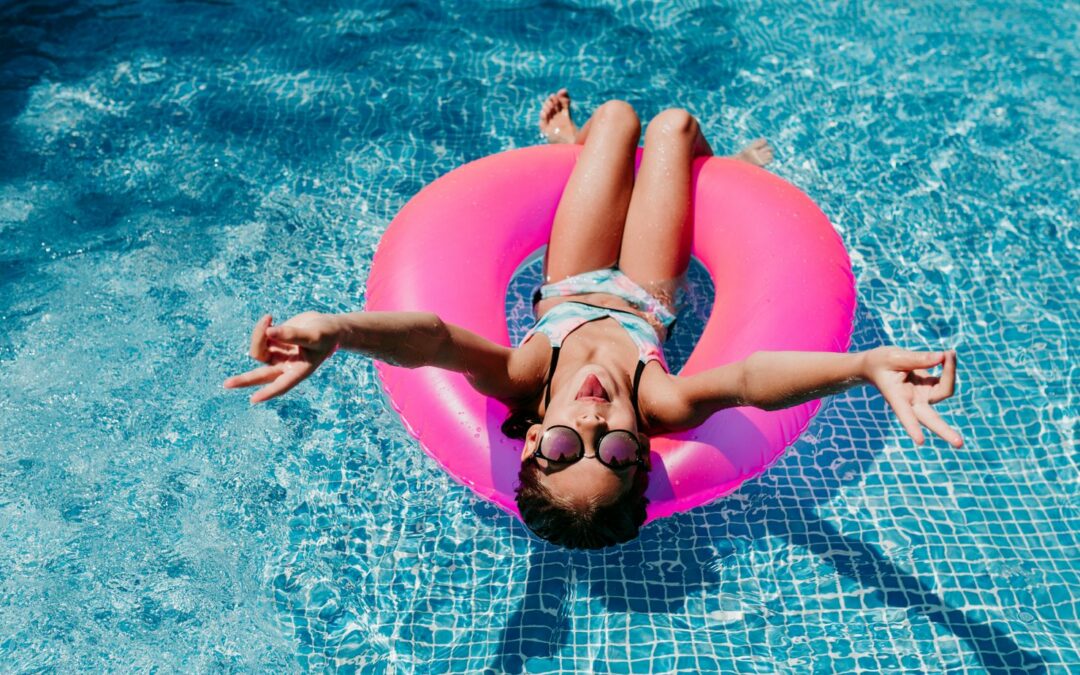As a seasoned swim instructor and parent, I’ve seen firsthand how important it is to equip your little ones with the best swim floaties. It’s not just about keeping them afloat, but also about instilling confidence and promoting a love for water. With the right swim floaties, your toddler can safely explore and enjoy their time in the pool.
There’s a wide array of swim floaties available in the market today, each boasting unique features and designs. But not all are created equal. Some are more suitable for toddlers who are just starting to dip their toes in the water, while others are designed for those who are ready to kick and splash around.
Best Swim Floaties For Toddlers
Choosing the right swim floaties for toddlers is a crucial step in ensuring their safety and building their confidence in the water. As a seasoned parent and swim coach, I’ve had the chance to test many models and can offer some valuable insights.
Ensuring Safety in the Water
Safety is, without question, the most important factor when selecting swim floaties for your toddler. A good floatie should be:
- Durable: It should withstand the rough and tumble of toddler play.
- Secure: It must stay on your child at all times. Look for adjustable straps and buckles.
- Buoyant: It needs to keep your child’s head above water even if they’re not actively swimming.
I recommend the Stearns Puddle Jumper for its top-notch safety features. It’s US Coast Guard-approved and features an adjustable buckle at the back, ensuring it stays secure. Plus, it’s designed to keep your toddler upright in the water, promoting a natural swimming position.
Building Confidence in Swimming Skills
When it comes to building confidence in the water, the floatie you choose can play a big role. It should allow your toddler to move freely and get a feel for the water without fear of sinking.
A fantastic option is the SwimSchool Fun Fish Fabric Baby Boat. It’s brightly colored and fun-looking, which kids love, and it also helps them get used to the sensation of being in the water. It’s designed for babies and toddlers up to 33 pounds and is a great way to introduce your little one to swimming.

Factors to Consider When Choosing Swim Floaties for Toddlers
When it comes to selecting the right swim floaties for your toddler, there are several factors you need to consider. Here are the key aspects to keep in mind:
Size and Weight Capacity
The Size and weight capacity of the floatie is a crucial aspect to consider. Manufacturers usually mention the suitable weight range for their products. Always stick to this guidance. Don’t be tempted to buy a larger size hoping it’ll last longer. An oversized floatie can easily slip off, while an undersized one may not provide enough buoyancy.
Comfort and Fit
Next up is Comfort and fit. You’d want your little one to feel comfortable while wearing the floatie. It shouldn’t be too tight that it leaves marks on their skin, nor too loose that it slips off. Many models come with adjustable straps and buckles, making it easier to achieve a perfect fit.
Type of Flotation Device
There’s a variety of floatation devices available, each with its own pros and cons. For instance, arm bands are a popular choice as they allow free movement of the legs. On the other hand, vest-style floaties, like the Stearns Puddle Jumper, provide more stability and keep the child upright in the water.
Ease of Use
Your chosen floatie should be easy to put on and take off. If it’s too complicated, it can cause unnecessary stress for both you and your child. Look for ones that have simple fastenings, like buckles or Velcro. The SwimSchool Fun Fish Fabric Baby Boat, for example, is loved for its Ease of use.
Durability
Last but not least, consider the Durability of the product. Kids aren’t always gentle with their toys, and swim floaties are no exception! So, opt for those made from high-quality materials that can withstand the rough and tumble of toddler play.
Remember, the floatie is there to aid in swimming, not to replace close adult supervision. Always stay within arm’s reach of your child when they’re in or near water.
Jessica has a flair for writing engaging blogs and articles. She enjoys reading and learning new things which enables her to write different topics and fields with ease. She also strives to break down complex concepts and make them easy for anybody to comprehend.





